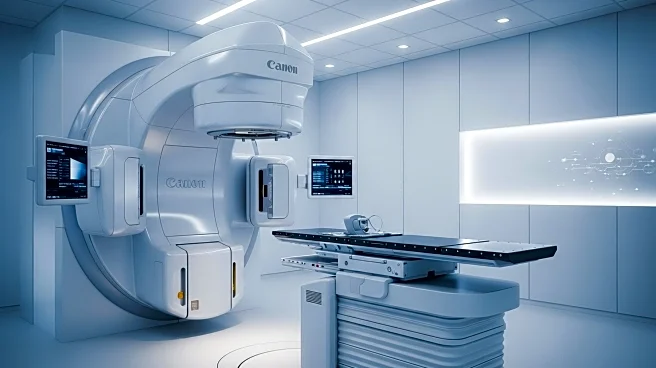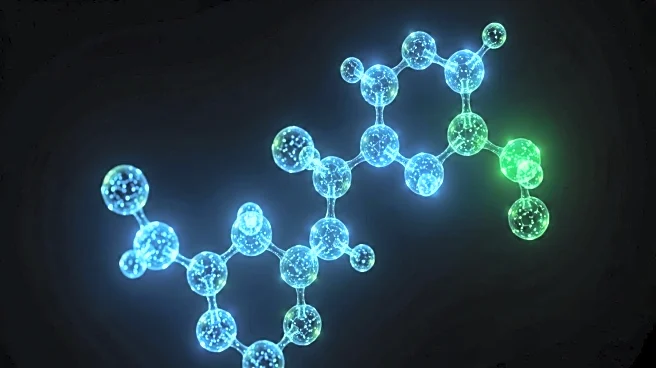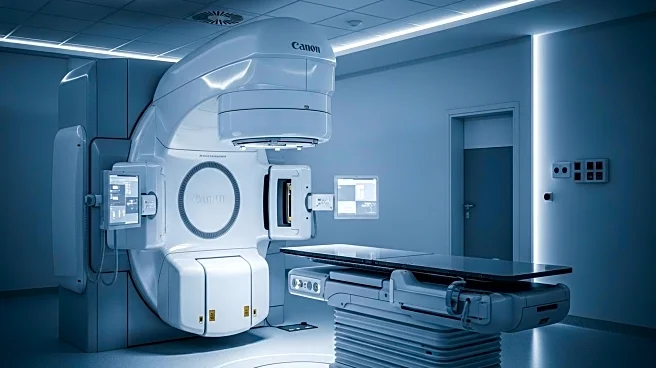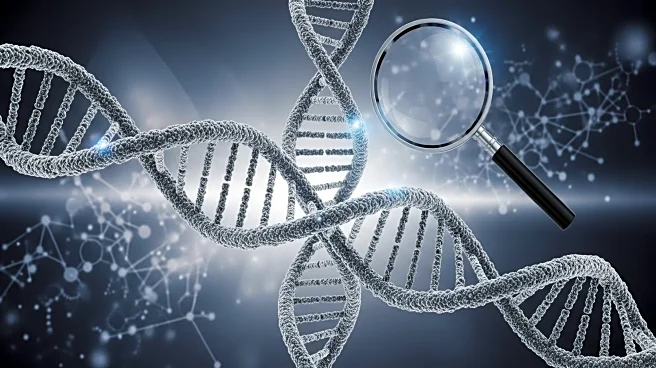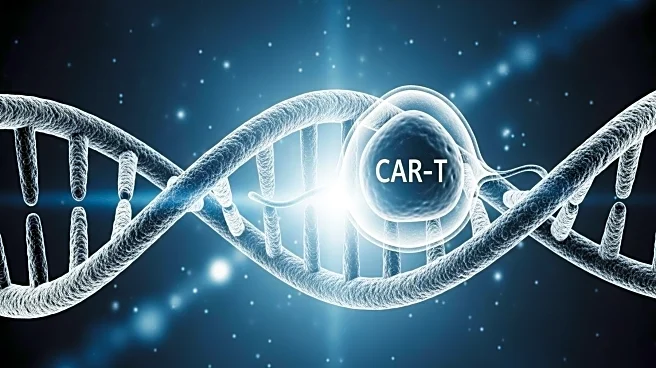What's Happening?
A recent study has developed an automated radiomics model aimed at predicting therapy response and minimal residual disease (MRD) from baseline MRI scans in patients with multiple myeloma. Conducted as part of the phase 3 GMMG-HD7 trial, the study utilized unenhanced whole-body MRIs and clinical data from multiple centers. The research involved training machine learning models using data from two centers, while testing was conducted on data from eight other centers, providing diverse imaging conditions. The study focused on extracting radiomics features from MRI images, which encode high-dimensional characteristics such as shape, signal intensity, and texture. These features, combined with clinical data, were used to predict therapy outcomes and MRD status. The study employed random forest classifiers to enhance prediction accuracy, demonstrating the potential of radiomics in precision medicine for multiple myeloma.
Why It's Important?
The development of this automated radiomics model represents a significant advancement in personalized cancer treatment, particularly for multiple myeloma. By accurately predicting therapy response and MRD status, healthcare providers can tailor treatment plans more effectively, potentially improving patient outcomes. This approach leverages advanced imaging techniques and machine learning, highlighting the growing role of technology in healthcare. The ability to predict treatment efficacy before therapy begins could lead to more efficient use of resources and reduce unnecessary treatments, benefiting both patients and healthcare systems. Furthermore, the study's multicenter approach ensures that the model is robust across different imaging conditions, enhancing its applicability in real-world clinical settings.
What's Next?
The study's findings suggest further exploration into the integration of radiomics and machine learning in cancer treatment protocols. Future research may focus on refining the model to improve accuracy and expand its application to other types of cancer. Additionally, there may be efforts to incorporate this technology into clinical practice, requiring collaboration between researchers, healthcare providers, and technology developers. As the model is validated and optimized, it could become a standard tool in oncology, aiding in the decision-making process for treatment strategies. Stakeholders in the healthcare industry may also consider investing in infrastructure to support the widespread adoption of radiomics-based models.
Beyond the Headlines
The use of radiomics in predicting therapy response raises ethical considerations regarding patient privacy and data security, as large volumes of imaging and clinical data are processed. Ensuring that these models are used responsibly and transparently is crucial to maintaining trust in medical technology. Additionally, the integration of machine learning in healthcare prompts discussions about the role of human oversight in automated decision-making processes. As technology continues to evolve, balancing innovation with ethical standards will be essential to harnessing its full potential in improving patient care.



